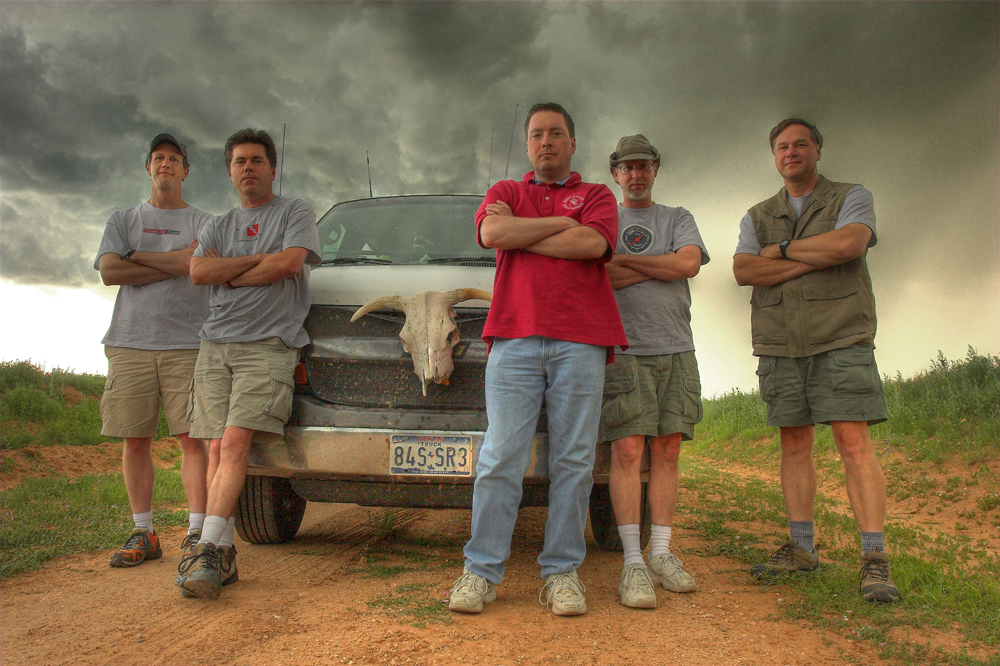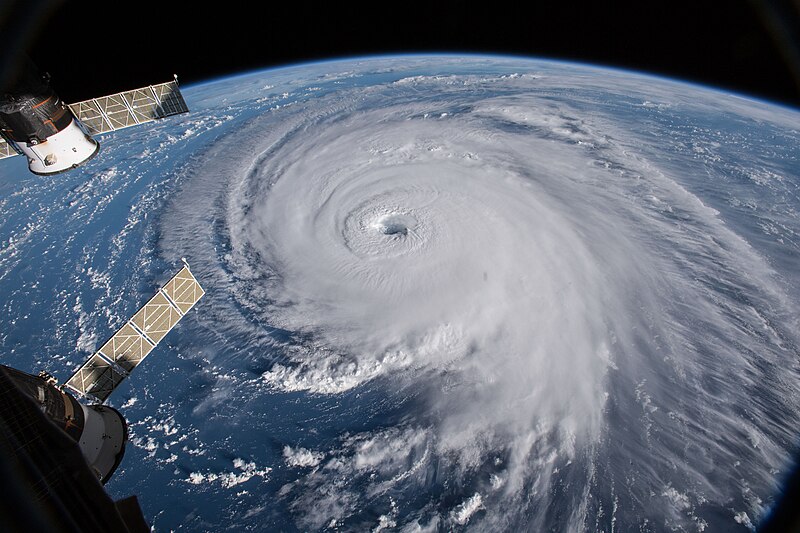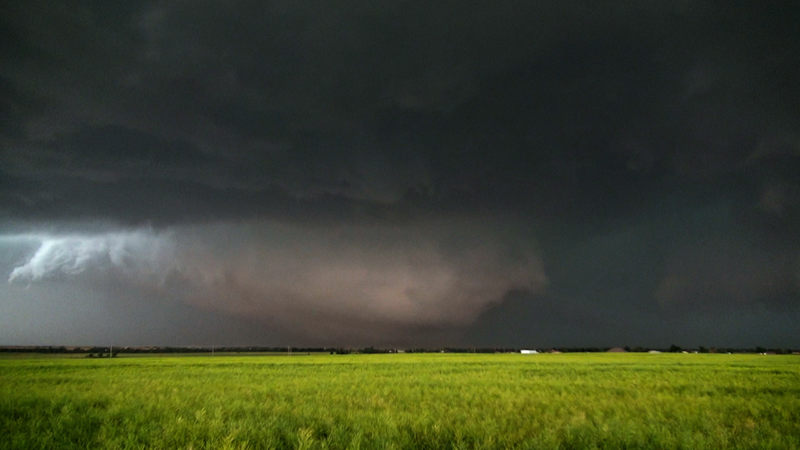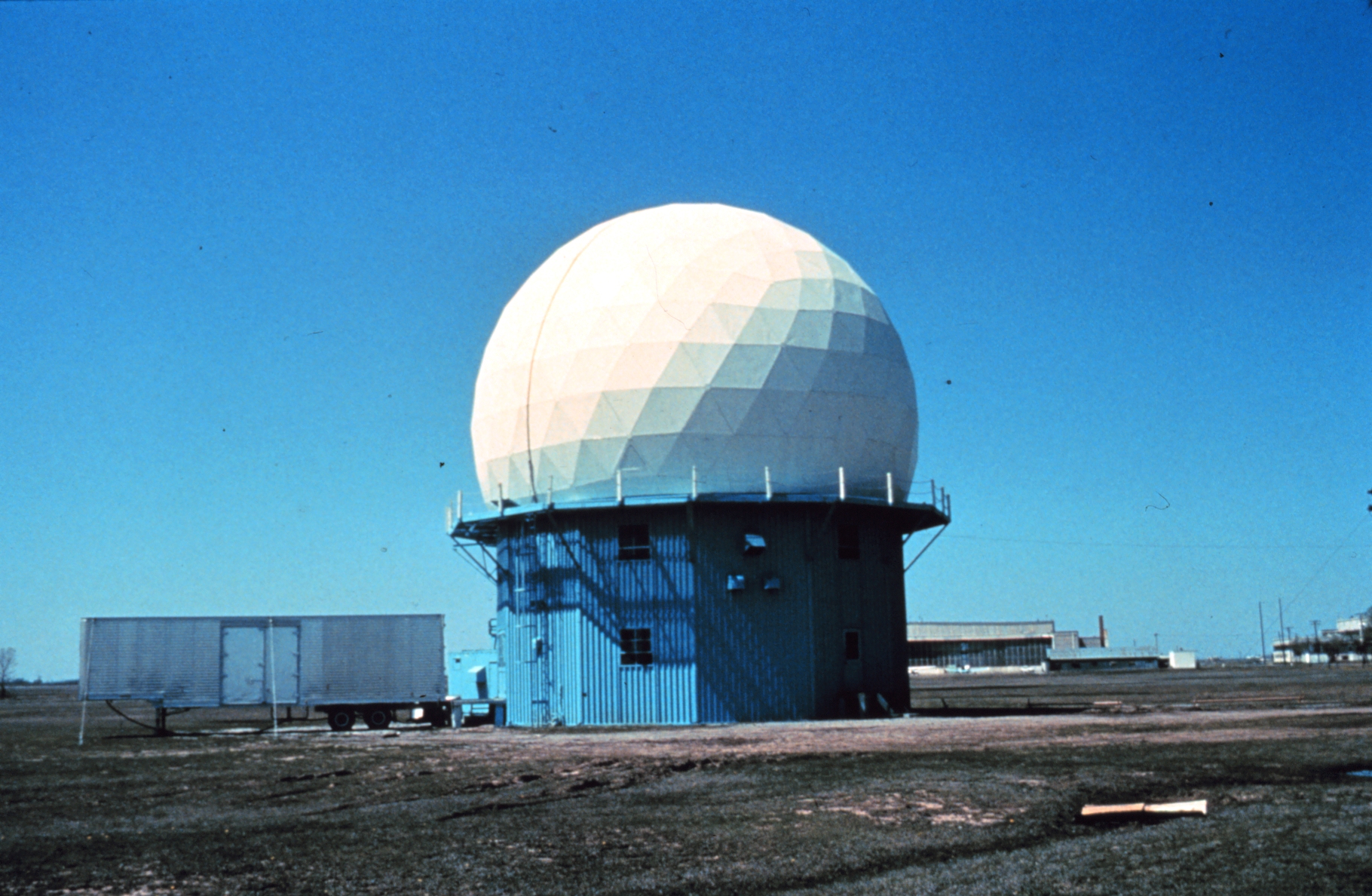If you’re an adventurous soul looking to witness the raw power of nature up close, a tornado tour might be just the thrill you’re seeking. However, with numerous companies offering storm chasing experiences, it’s important to choose a reputable and experienced outfit to ensure your safety and satisfaction. We’ll guide you through the process of selecting the best tornado tour company and provide a list of well-known operators along with their website addresses.
Factors to Consider When Choosing a Tornado Tour Company:
- Experience and expertise: Look for companies with experienced guides who have a proven track record of successfully navigating severe weather conditions. Ensure that the guides are knowledgeable about meteorology and have the necessary skills to keep you safe.
- Safety measures: Your chosen company should prioritize safety above all else. Inquire about their safety protocols, emergency procedures, and the equipment they use to monitor and track storms.
- Group size: Smaller group sizes often lead to a more personalized experience and better access to the guides. Consider the company’s maximum group size and whether it aligns with your preferences.
- Tour duration and itinerary: Tornado tours can vary in length from a single day to a week or more. Consider your availability and the specific areas you’d like to explore when choosing a tour duration and itinerary.
- Reviews and testimonials: Read reviews and testimonials from previous clients to gauge the company’s reputation and the quality of their tours. Look for consistent positive feedback and how the company responds to any negative reviews.
Top Tornado Tour Companies:

1.Tempest Tours
Website: https://tempesttours.com/
Tempest Tours has been offering storm chasing expeditions since 2000 and is known for their experienced guides and commitment to safety.

2. Silver Lining Tours
Website: https://www.silverliningtours.com/
With over 20 years of experience, Silver Lining Tours provides educational and thrilling storm chasing adventures across Tornado Alley.

3. Storm Chasing Adventure Tours
Website: https://stormchasing.com/
Storm Chasing Adventure Tours offers a variety of tour options, from single-day excursions to week-long expeditions, led by experienced meteorologists and storm chasers.

4. Extreme Tornado Tours
Website: https://extremetornadotours.com/
Extreme Tornado Tours specializes in small-group tours led by seasoned storm chasers, ensuring a personalized and immersive experience.

5. Cloud 9 Tours
Website: https://cloud9tours.com/
Cloud 9 Tours offers both storm chasing and photography-focused tours, catering to those who want to capture the beauty and power of severe weather.
Storm chasing tornado tours offer a unique and exhilarating experience for thrill-seekers and weather enthusiasts alike. These guided adventures take participants on a journey into the heart of Tornado Alley, where they witness the awe-inspiring power of nature firsthand. Experienced storm chasers lead the tours, using their expertise in meteorology and forecasting to navigate the group towards active storms. Participants can expect to spend long hours on the road, tracking weather patterns and chasing down potential tornado outbreaks. When a tornado does form, the rush of adrenaline is unparalleled as the group carefully positions themselves at a safe distance to observe the twisting vortex.
However, storm chasing is not without its risks. Tornadoes are unpredictable and can change course or intensify rapidly, putting chasers in danger if they are not careful. Flying debris, hail, and strong winds can also pose a threat to safety. Storm chasing tour companies prioritize the well-being of their clients, but participants must be aware of the inherent dangers and follow instructions closely. Choose a reputable company with experienced guides who prioritize safety above all else. Participants should also be prepared for the physical demands of the tour, as it often involves long periods of driving and potentially rough terrain. Storm chasing is endless driving and sometimes you won’t see much so you have to be prepared to be on the road for up to 10 days.
Despite the risks, the benefits of a storm chasing tornado tour are significant for those who crave adventure and have a deep appreciation for the power of nature. Witnessing a tornado up close is a once-in-a-lifetime experience that few people have the opportunity to enjoy. Storm chasing tours provide a controlled environment for this experience, with knowledgeable guides who can help participants understand the science behind the storms. Additionally, the tours often foster a sense of camaraderie among participants, as they bond over their shared passion for weather and adventure. For many, the thrill of the chase and the incredible photographs and memories they capture make the risks worthwhile.




















